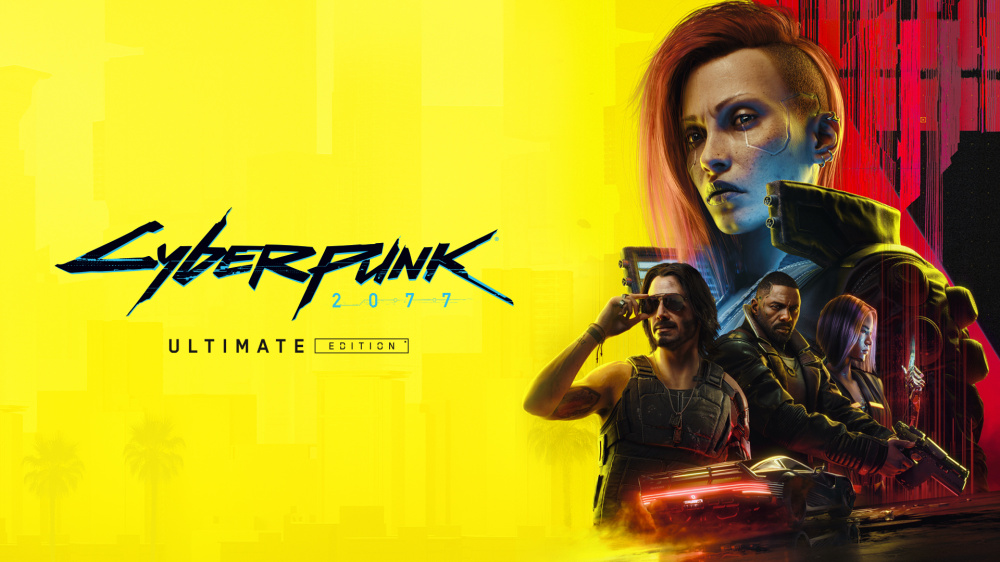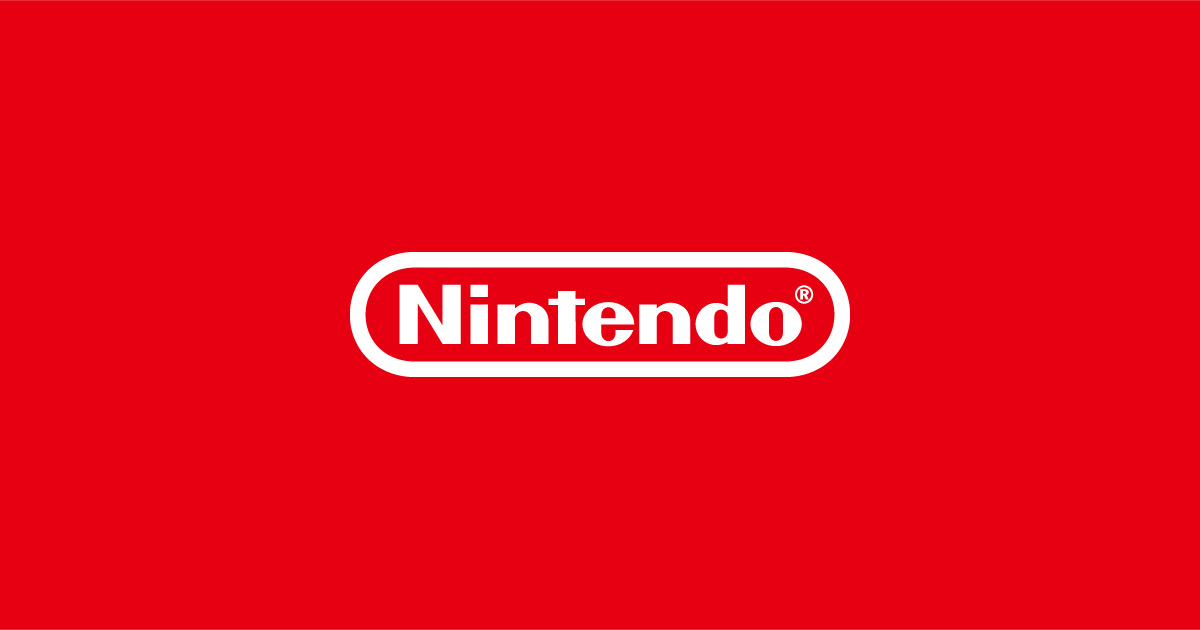Cyberpunk 2077 on Nintendo Switch 2 has become a focal point of technical discussion as Digital Foundry, renowned for their rigorous hardware and game performance reviews, recently published an in-depth analysis of the CD Projekt Red-developed port.
As one of the most ambitious open-world action RPGs to arrive on Nintendo's next-generation hardware, this release is significant for both the developer and the Nintendo Switch 2 platform, especially given the game's complex visual fidelity and demanding performance requirements. The port of Cyberpunk 2077 to the Nintendo Switch 2 is handled internally by CD Projekt Red, underscoring the studio's commitment to meeting the expectations of console gamers without significant third-party outsourcing.
Players can experience the game in either a 30 frames-per-second (FPS) quality mode or a 40 FPS performance mode, accessible in both docked and portable configurations.
Notably, when docked, Cyberpunk 2077 targets 1080p resolution thanks to the inclusion of NVIDIA’s Deep Learning Super Sampling (DLSS) technology. Digital Foundry’s analysis documents that quality mode on the Switch 2 renders resolutions dynamically between 720p and 1080p, while performance mode can scale from 540p up to 1080p to maintain smoother gameplay at 40 FPS.
In portable mode, resolutions adapt further—from 450p to 810p in quality mode and as low as 360p (scaling up to 720p) in performance mode—again leveraging DLSS to reconstruct visuals.
The report notes that, particularly during sequences with heavy action and fast movement, DLSS struggles to completely conceal the dip in source resolution, although overall visual fidelity remains impressive for handheld hardware. Graphical settings for the Switch 2 version align closely with those found on last- and current-generation consoles, with CD Projekt Red providing the same texture quality as seen on PlayStation 5.
Resolution metrics in some scenarios even surpass the Xbox Series S version.
Moreover, the port is much better optimized than the PlayStation 4 for rendering distant objects (reducing pop-in) and maintains a comparable non-player character (NPC) and vehicle density to the PS4 edition.
Indoors, environmental detail is said to exceed what is found on PS4, though outdoor shadow rendering is noted as a slight regression. Performance-wise, the quality mode generally adheres to its 30 FPS target, aside from sporadic frame drops and rough patches, particularly apparent when running the Phantom Liberty expansion.
The expansion content, with its denser scenes and higher action intensity, introduces more frequent frame rate drops and visible micro-hitching.
In the performance mode, activities such as gunfights and vehicle chases can cause the frame rate to fall to 30 FPS or below, failing to consistently reach the intended 40 FPS target.
In portable play, these frame rate profiles largely hold, and the addition of Variable Refresh Rate (VRR) helps soften the visual impact of frame dips in performance mode. Overall, Digital Foundry’s technical breakdown emphasizes that CD Projekt Red’s approach results in a well-optimized, visually appealing adaptation of Cyberpunk 2077 for Nintendo Switch 2.
While certain compromises are evident, especially under the strain of expansion content like Phantom Liberty, the commitment to delivering high-fidelity graphics and stable performance across both docked and portable play illustrates the evolving power of Nintendo's hardware and the technical prowess of its development partners.
As one of the most ambitious open-world action RPGs to arrive on Nintendo's next-generation hardware, this release is significant for both the developer and the Nintendo Switch 2 platform, especially given the game's complex visual fidelity and demanding performance requirements. The port of Cyberpunk 2077 to the Nintendo Switch 2 is handled internally by CD Projekt Red, underscoring the studio's commitment to meeting the expectations of console gamers without significant third-party outsourcing.
Players can experience the game in either a 30 frames-per-second (FPS) quality mode or a 40 FPS performance mode, accessible in both docked and portable configurations.
Notably, when docked, Cyberpunk 2077 targets 1080p resolution thanks to the inclusion of NVIDIA’s Deep Learning Super Sampling (DLSS) technology. Digital Foundry’s analysis documents that quality mode on the Switch 2 renders resolutions dynamically between 720p and 1080p, while performance mode can scale from 540p up to 1080p to maintain smoother gameplay at 40 FPS.
In portable mode, resolutions adapt further—from 450p to 810p in quality mode and as low as 360p (scaling up to 720p) in performance mode—again leveraging DLSS to reconstruct visuals.
The report notes that, particularly during sequences with heavy action and fast movement, DLSS struggles to completely conceal the dip in source resolution, although overall visual fidelity remains impressive for handheld hardware. Graphical settings for the Switch 2 version align closely with those found on last- and current-generation consoles, with CD Projekt Red providing the same texture quality as seen on PlayStation 5.
Resolution metrics in some scenarios even surpass the Xbox Series S version.
Moreover, the port is much better optimized than the PlayStation 4 for rendering distant objects (reducing pop-in) and maintains a comparable non-player character (NPC) and vehicle density to the PS4 edition.
Indoors, environmental detail is said to exceed what is found on PS4, though outdoor shadow rendering is noted as a slight regression. Performance-wise, the quality mode generally adheres to its 30 FPS target, aside from sporadic frame drops and rough patches, particularly apparent when running the Phantom Liberty expansion.
The expansion content, with its denser scenes and higher action intensity, introduces more frequent frame rate drops and visible micro-hitching.
In the performance mode, activities such as gunfights and vehicle chases can cause the frame rate to fall to 30 FPS or below, failing to consistently reach the intended 40 FPS target.
In portable play, these frame rate profiles largely hold, and the addition of Variable Refresh Rate (VRR) helps soften the visual impact of frame dips in performance mode. Overall, Digital Foundry’s technical breakdown emphasizes that CD Projekt Red’s approach results in a well-optimized, visually appealing adaptation of Cyberpunk 2077 for Nintendo Switch 2.
While certain compromises are evident, especially under the strain of expansion content like Phantom Liberty, the commitment to delivering high-fidelity graphics and stable performance across both docked and portable play illustrates the evolving power of Nintendo's hardware and the technical prowess of its development partners.




